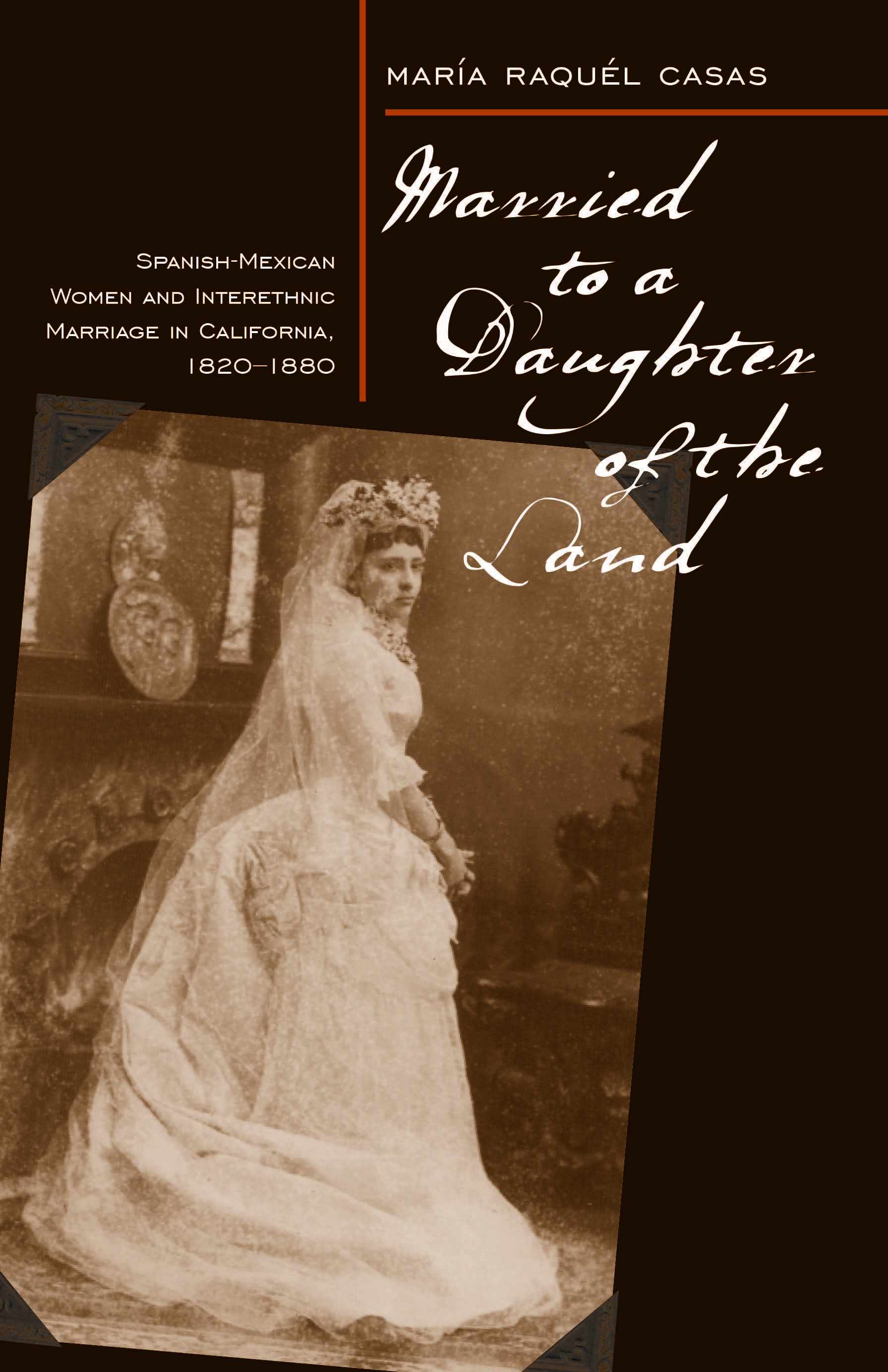Drawing Battle LinesPosted in Articles, Autobiography, Identity Development/Psychology, Media Archive, United States, Women on 2010-01-11 20:32Z by Steven |
Sarah Lawrence College Magazine
Spring 2003: Who Are You
Catherine McKinley[-Davis] was one of only a few thousand African-American and biracial children adopted by white couples in the late 1960s and early 1970s. Throughout her childhood and adolescence, her consciousness grew as she did. Her very identity—composed both of the whiteness and blackness mixed in her genes, and of the whiteness of her adoptive parents—began to tear her apart, and she eventually embarked on a quest to find her birth parents and move toward self-acceptance. In this excerpt from “The Book of Sarahs”, her new memoir, McKinley pinpoints a crucial moment: that time when her home became the field on which the combats of race, of identity, of being the outsider, began to be fought in earnest.
With my parents’ move to Vermont, it seemed as though a very final, pronounced line had been drawn between us. It was different from the boundaries I had drawn in the past, acting against the surety that they would still be standing right there no matter how firm I drew and redrew the battle lines.
In Attleboro, those lines were drawn like this: In our house, I built a haven for myself, constructing my bedroom the way I thought it would have been if I had grown up in a Black family. My shelves were filled with Black books, replacing the artifacts of a former self—the dolls from my grandmother’s travels, the complete Laura Ingalls Wilder boxed library, the collections of Scottish verse, the Peterson’s guides to wildflowers and the seashore. I stowed them in the crawl space under the eaves of the house and moved my mother’s copies of The Black Child: A Parent’s Guide, the SNCC freedom movement songbooks, Amiri Baraka’s The Dutchman and The Slave, the row of James Baldwin paperbacks, and Stokely Carmichael and James Hamilton’s Black Power out from between the Rachel Carson and Thoreau and Henry Beston books, the trail guides, and my father’s engineering manuals in the den. I covered my walls with clippings from Essence and Ebony and turned up the dial on the “civil rights station” (read: Black radio, aired only on late night and Sunday slots, picked up from the Boston airways) to let everyone know who was living there. And I put a ban on my room. My father, who was my ally, if only for his silence and quiet amusement at my lobbies against the family, was the only one allowed in, and only so that he could tend the African violets he grew on shelves he built into my bedroom windows. I liked the flowers; they were African, despite how suspicious they seemed to me, sitting in the living room of every old white lady in town…
Read the entire article here.



